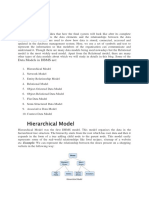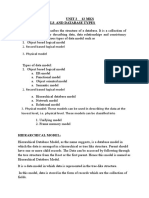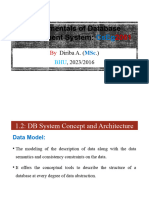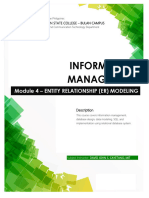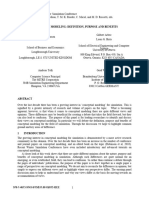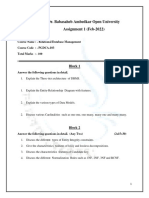0% found this document useful (0 votes)
9 views9 pagesData Model
The document provides an overview of various data models used in database management systems, including Hierarchical, Network, Entity-Relationship, Relational, Object-Oriented, Object-Relational, Flat, Semi-Structured, and Associative models. Each model is described with its features, advantages, and disadvantages, highlighting how they represent data and relationships. The Relational model is noted as the most widely used, while the document emphasizes the importance of understanding the complexities and capabilities of each model.
Uploaded by
bhavani GubbalaCopyright
© © All Rights Reserved
We take content rights seriously. If you suspect this is your content, claim it here.
Available Formats
Download as DOCX, PDF, TXT or read online on Scribd
0% found this document useful (0 votes)
9 views9 pagesData Model
The document provides an overview of various data models used in database management systems, including Hierarchical, Network, Entity-Relationship, Relational, Object-Oriented, Object-Relational, Flat, Semi-Structured, and Associative models. Each model is described with its features, advantages, and disadvantages, highlighting how they represent data and relationships. The Relational model is noted as the most widely used, while the document emphasizes the importance of understanding the complexities and capabilities of each model.
Uploaded by
bhavani GubbalaCopyright
© © All Rights Reserved
We take content rights seriously. If you suspect this is your content, claim it here.
Available Formats
Download as DOCX, PDF, TXT or read online on Scribd
/ 9

